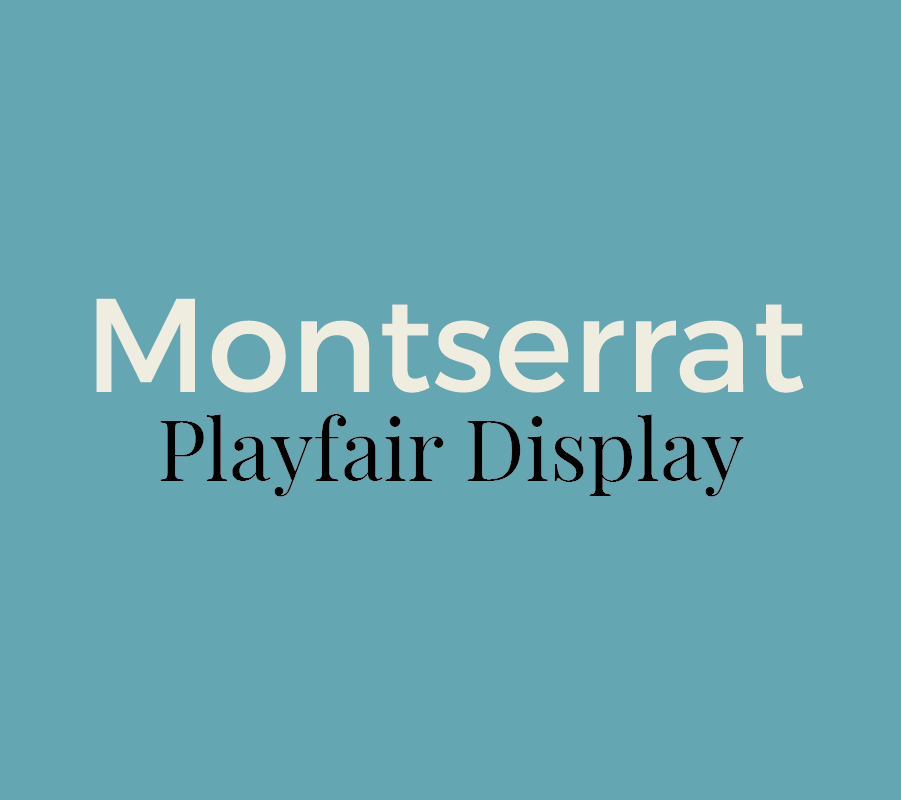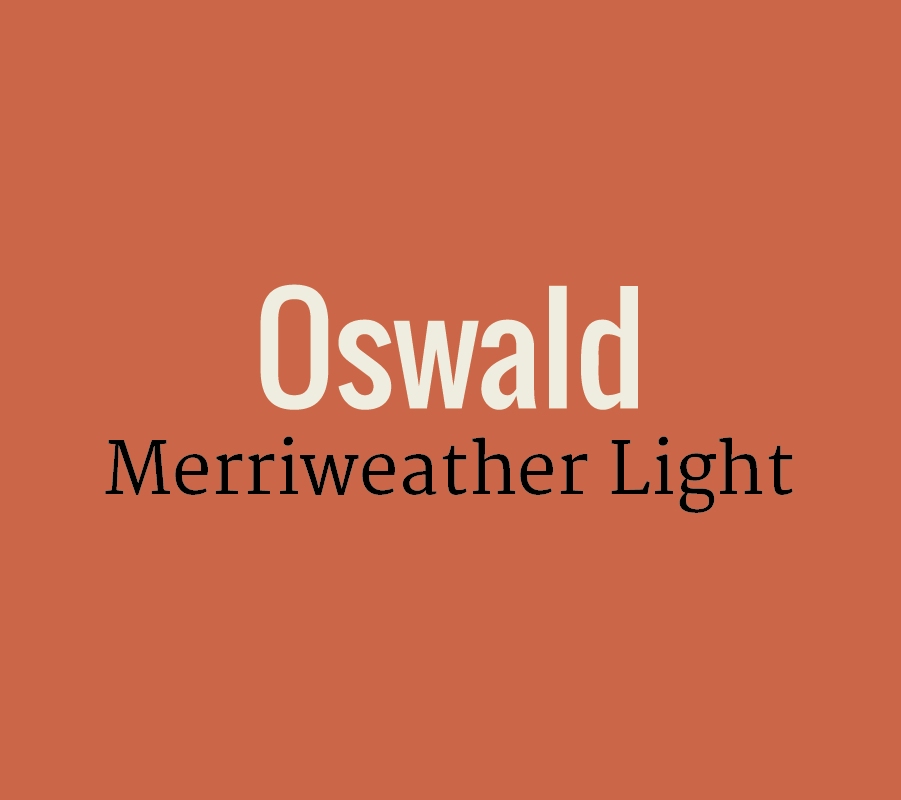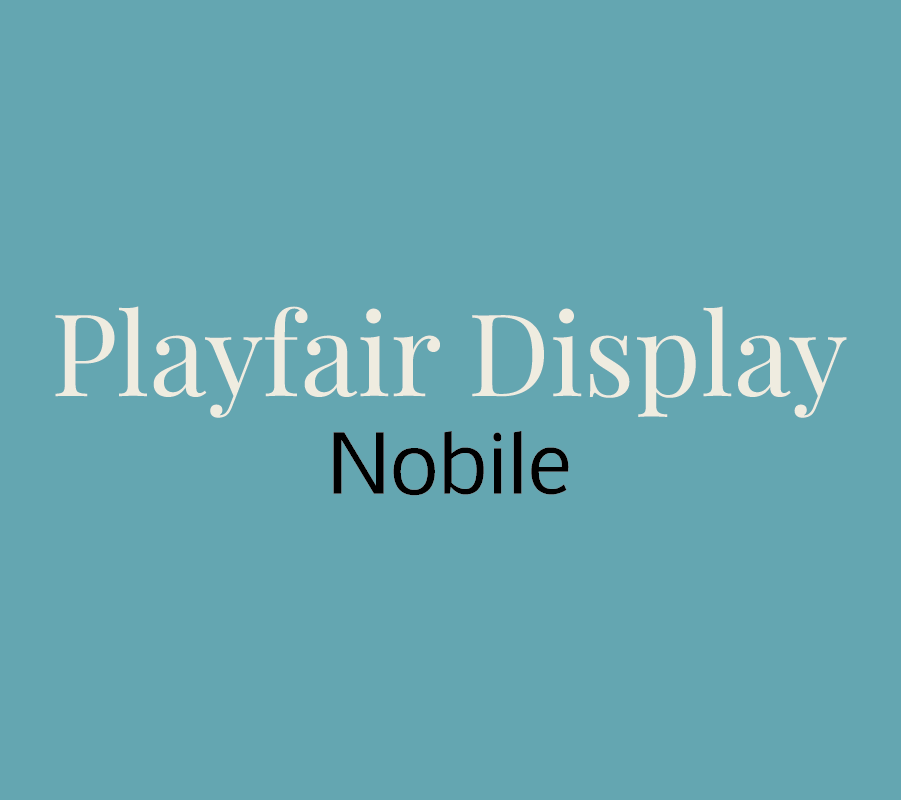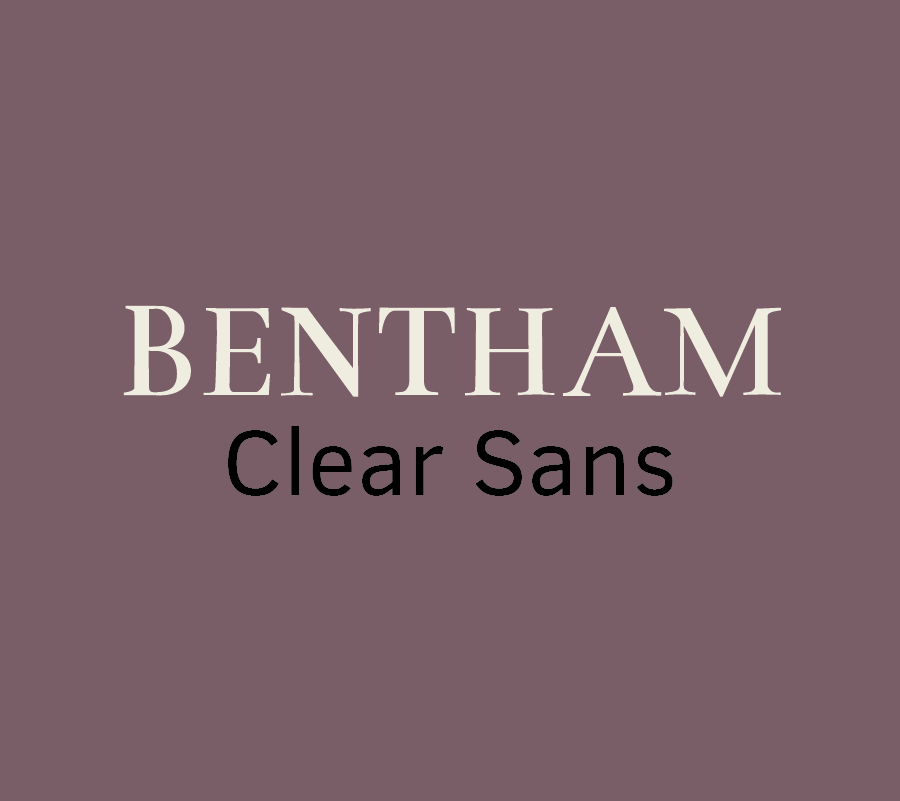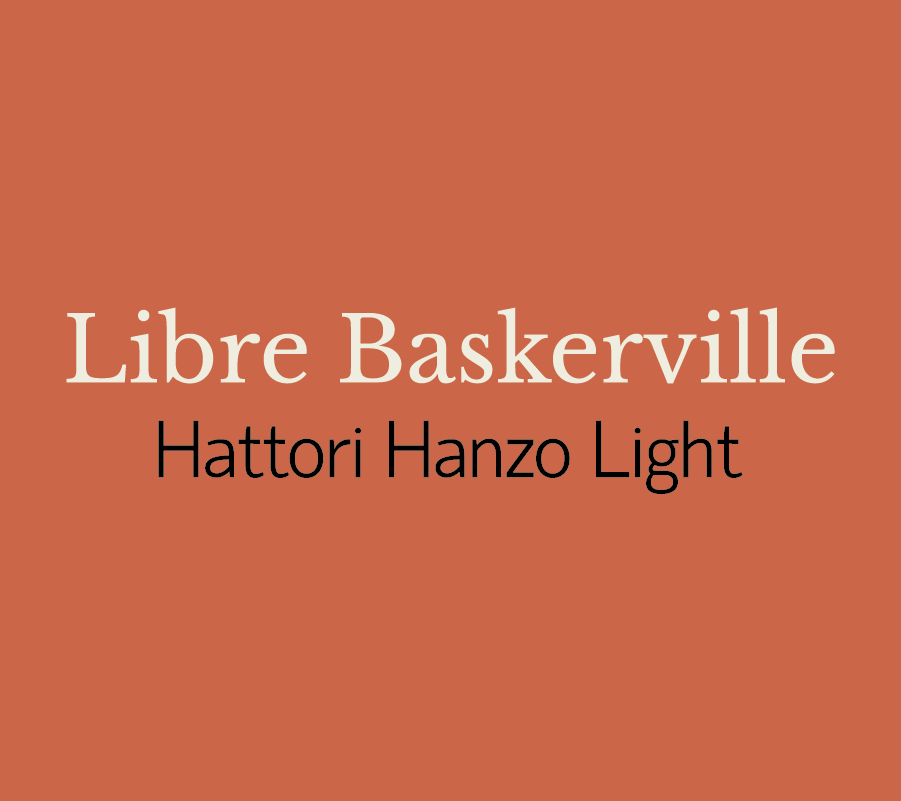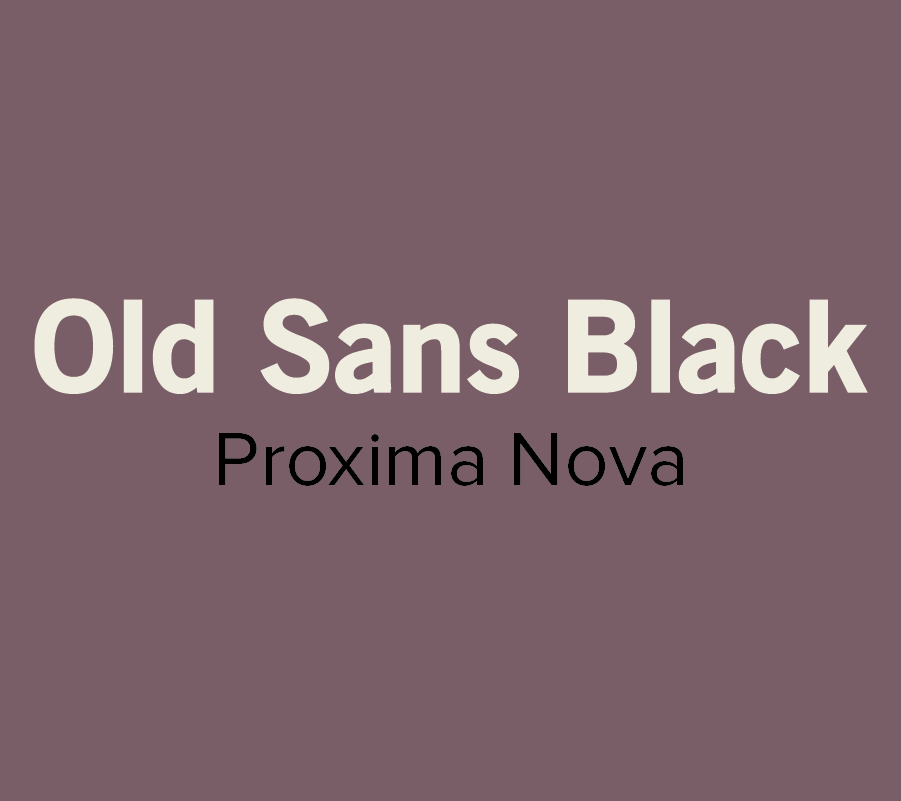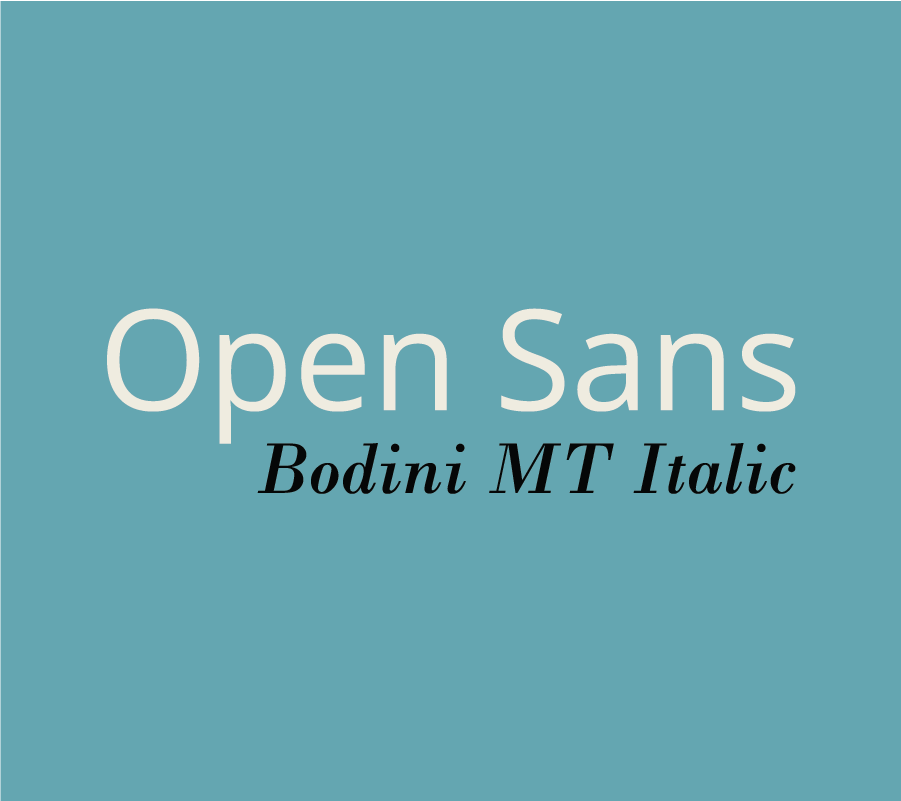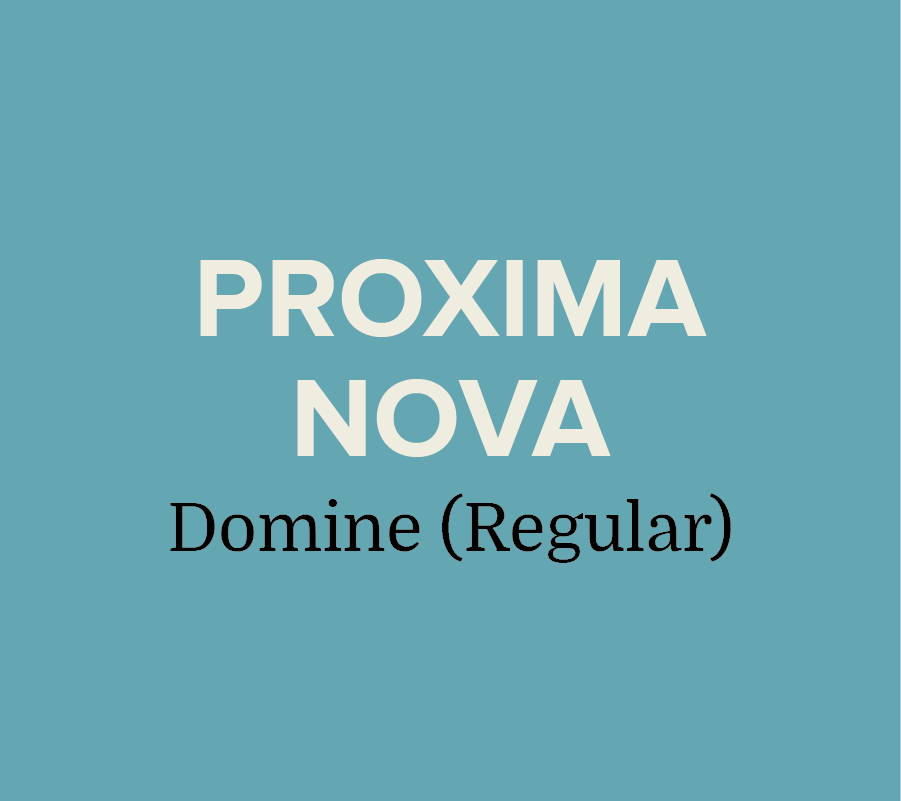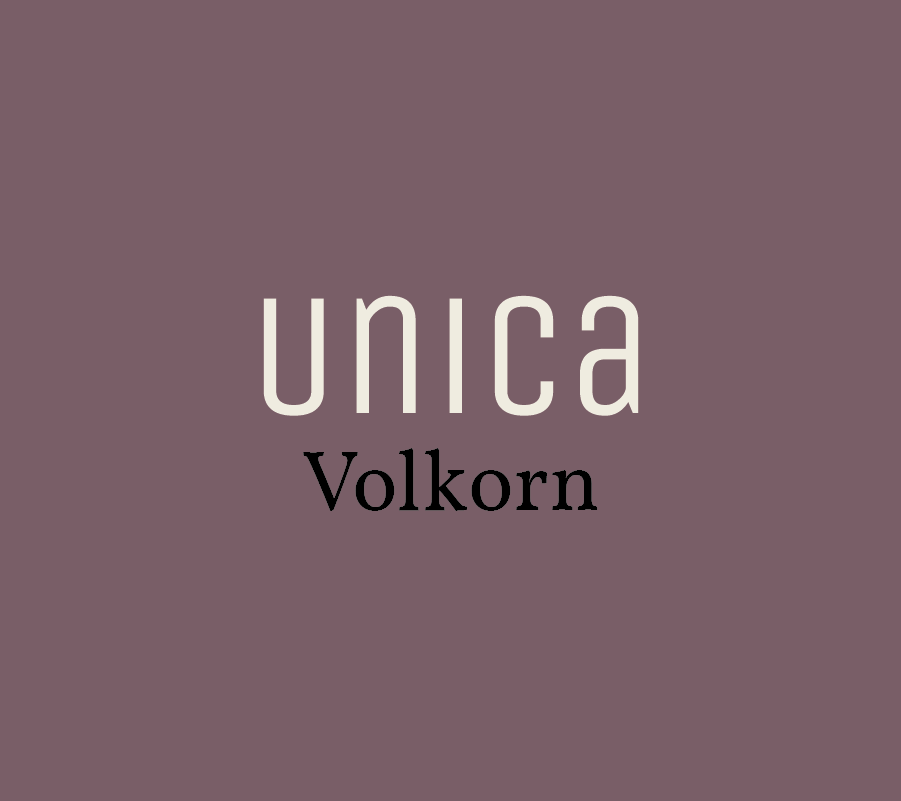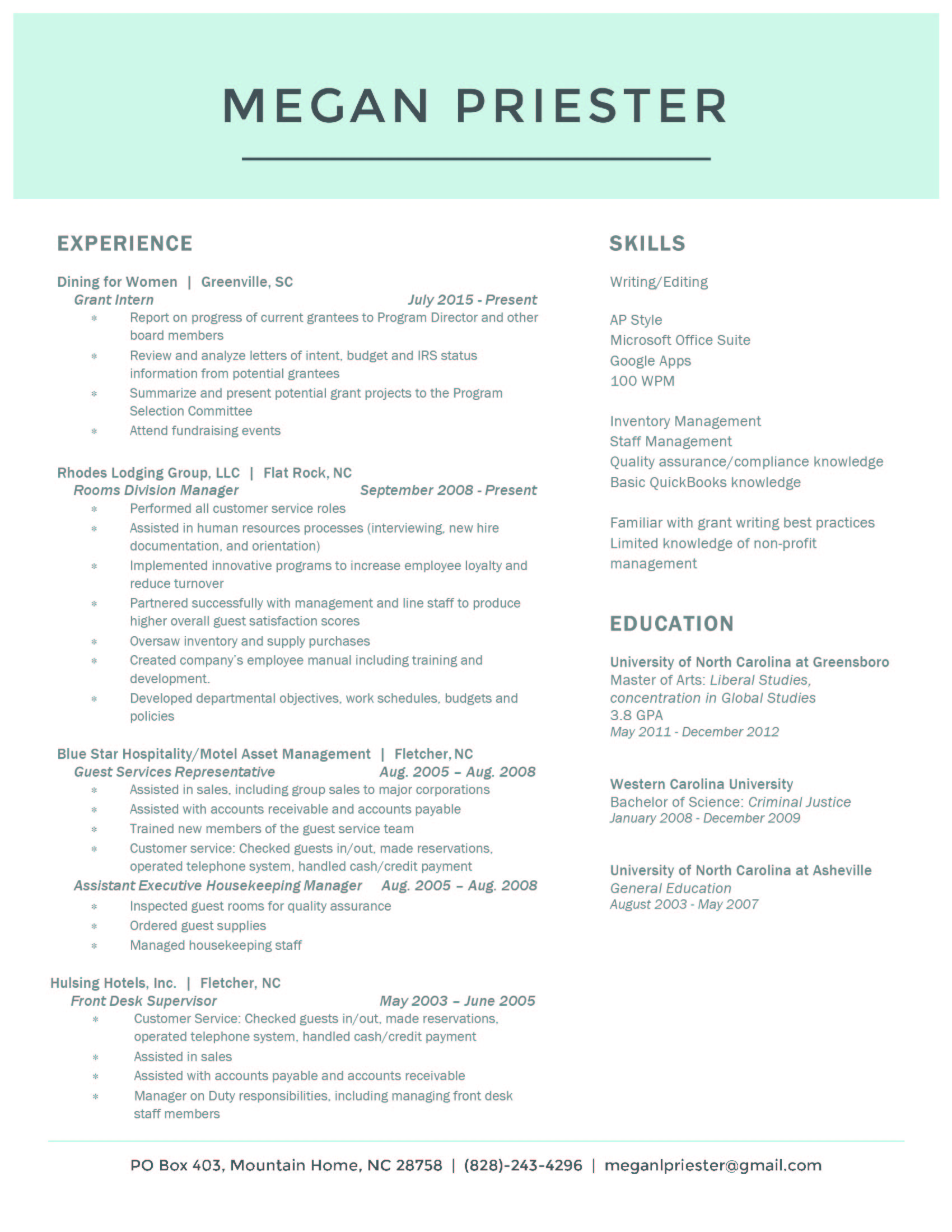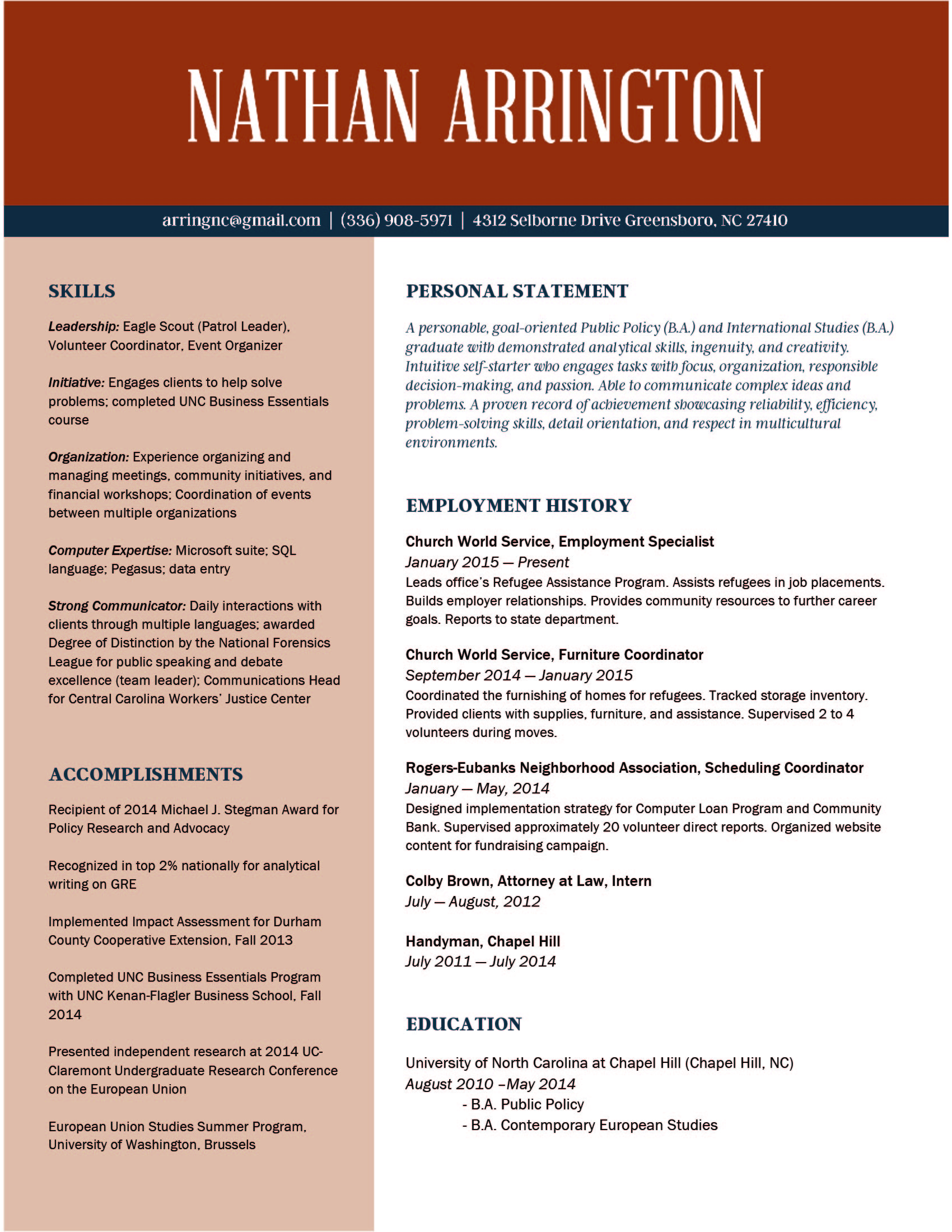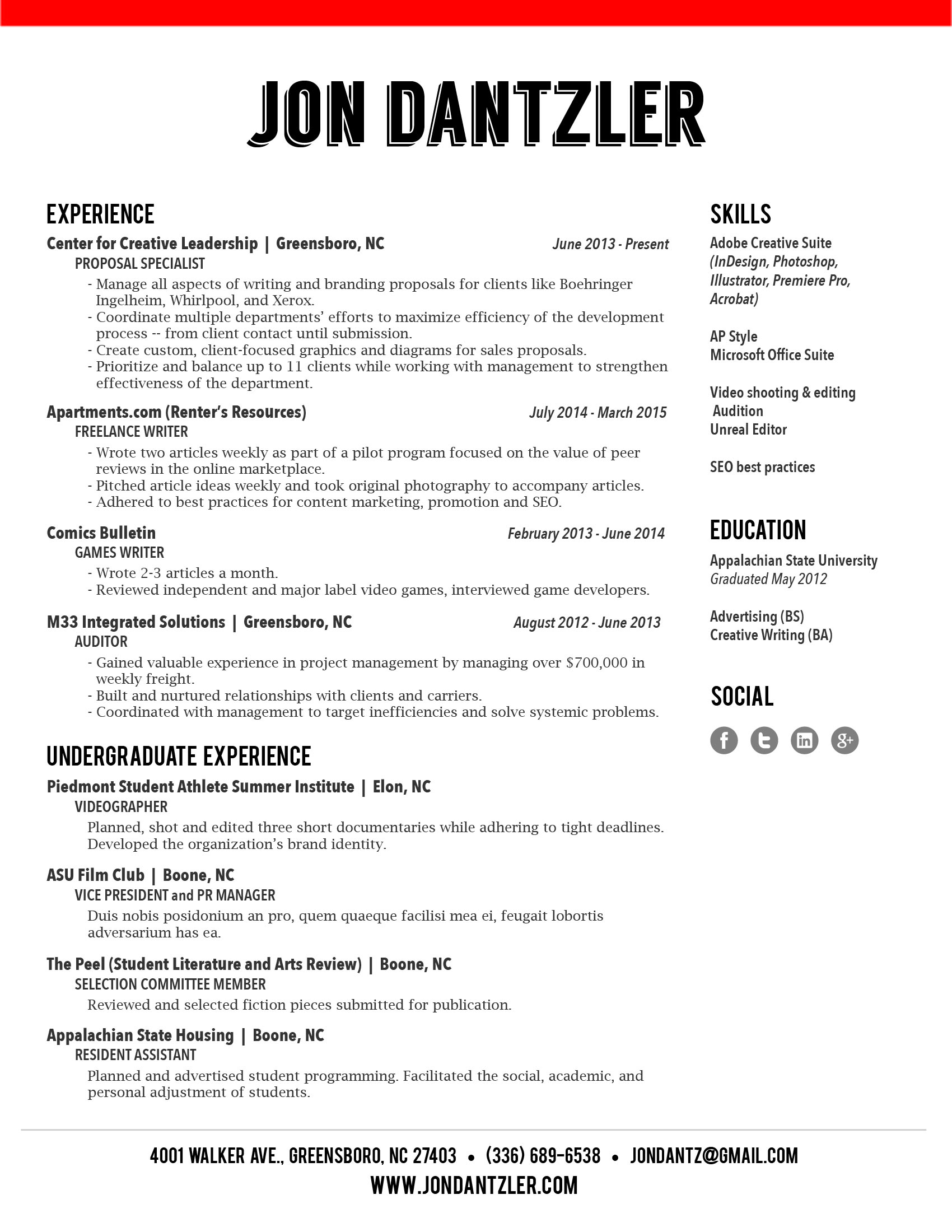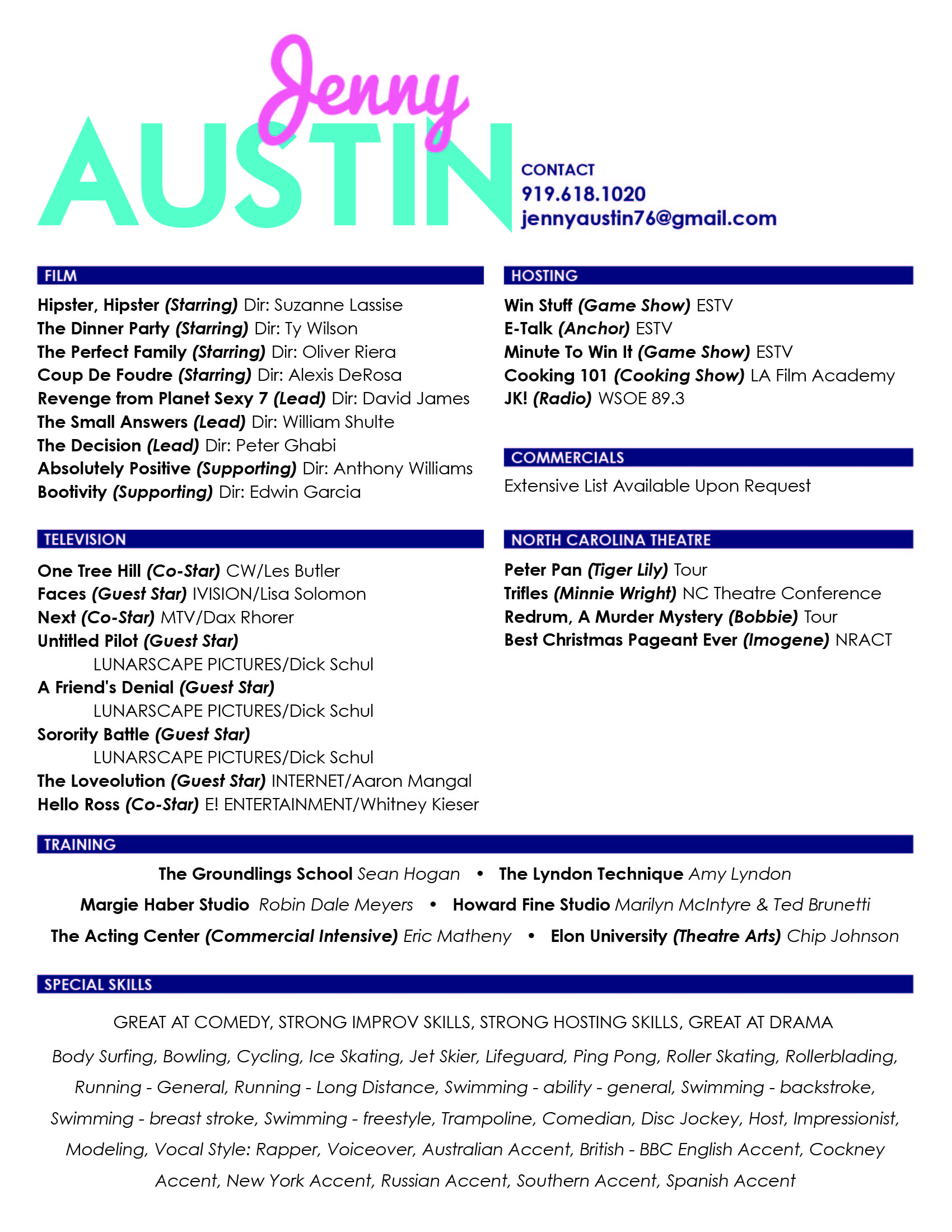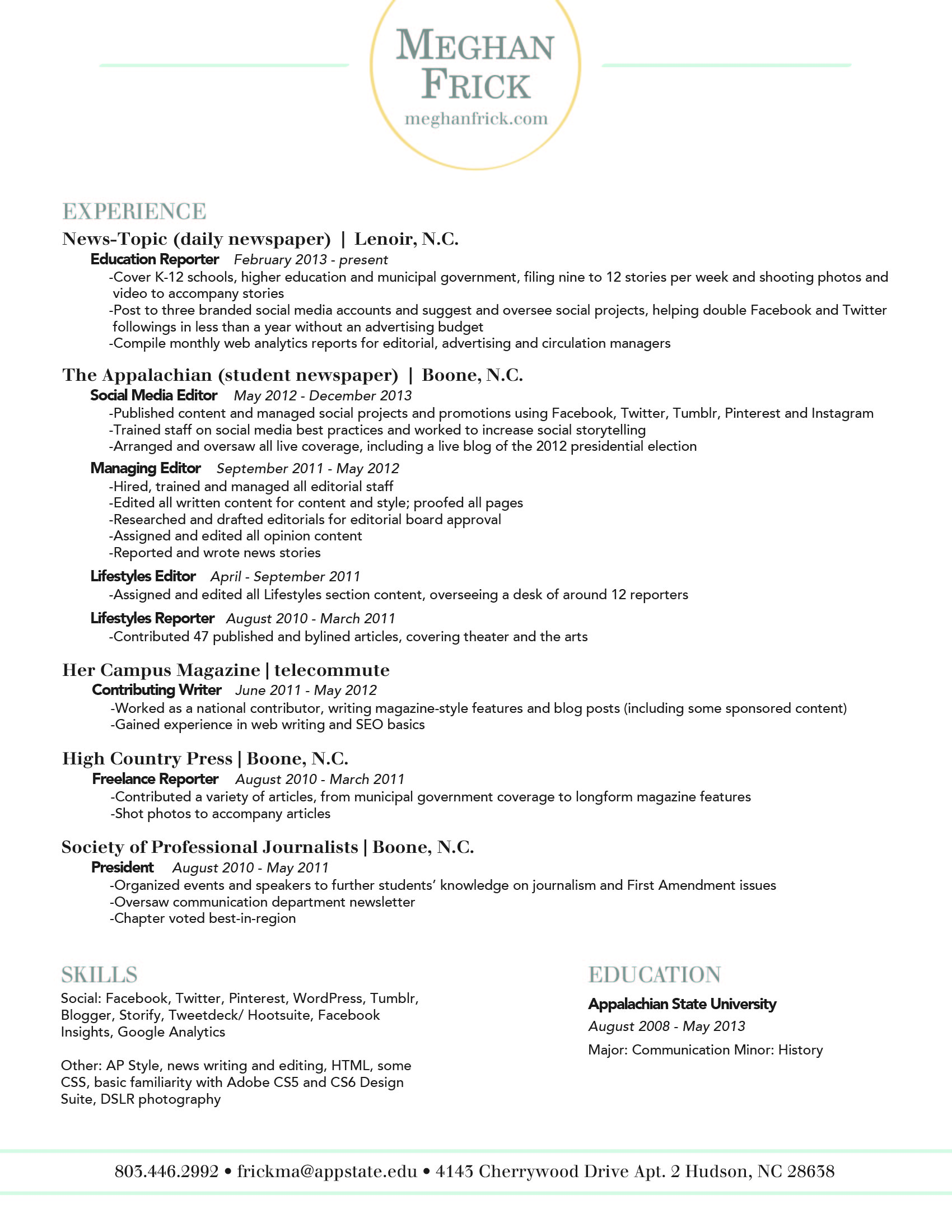Like chain wallets, spiked hair, and jelly shoes, many web design effects have come into fashion and then disappeared, never to be seen again. As design technology continues to develop, so do consumers’ opinions of what constitutes a strong, professional design aesthetic. Here are 7 outdated effects we’re happy to say goodbye to.
Drop Shadows
The drop shadow was one of the 90s’ most beloved Photoshop effects. With the click of a mouse, web designers could make big blocks of text appear “fancy” and defined. Unfortunately, when applied to a large area of text, drop shadows made websites uncomfortable to read and difficult to browse. Thankfully, designers have moved on to more minimal font-enhancing effects.
Outdated Fonts
Many fonts which were once very popular now serve as bright red flags that a website was created by someone with very little design experience. Comic Sans is widely recognized as one of the world’s worst fonts, as well as Papyrus, Curlz, and Bradley Hand. Even “normal” fonts such as Times New Roman or Arial can make a website appear unprofessional since, as Microsoft Word default fonts, they indicate “lazy” font selection.
Bevel, Emboss, and Gloss
Bevel and Emboss were once extremely popular Photoshop tools which could be used to create a stylish “3D” appearance. Flash-forward a few decades later, and the effect is now more cringeworthy than impressive. Bevel and emboss were supplanted by the “Gloss” effect, which was used to make web buttons imitate shiny plastic or glass. Nowadays, designers have mostly moved onto more subtle choices to create attractive buttons that beg to be clicked.
Adobe Flash Intros
Once upon a time, Adobe Flash intro videos like this one were all the rage. Nowadays, however, such videos have become internet dinosaurs. Not only do visitors tend to find them irritating, Flash videos are not supported on most mobile devices and can even hurt a website’s search engine rankings.
Auto-Play ads/music
Auto-play, which has been described as “the most hated digital advertising tactic,” is not yet completely eradicated, but should be. Few things are more alarming than opening a new webpage and being assaulted with a loud advertisement or blast of music. Sadly, many companies still insist on treating their visitors’ ears with everything from loud sales pitches to soft jazz.
Lack of Mobile Optimization
The biggest mistake modern companies are making in terms of web design is lack of mobile optimization. With smartphones and other mobile devices quickly becoming the preferred method of internet access for the majority of consumers, it’s more important than ever for websites to be mobile-friendly. Google itself says that more Google searches are performed on mobile devices than on computers, so if your website isn’t legible when shrunk to fit a smaller screen, you’re missing out on a huge market opportunity.





















